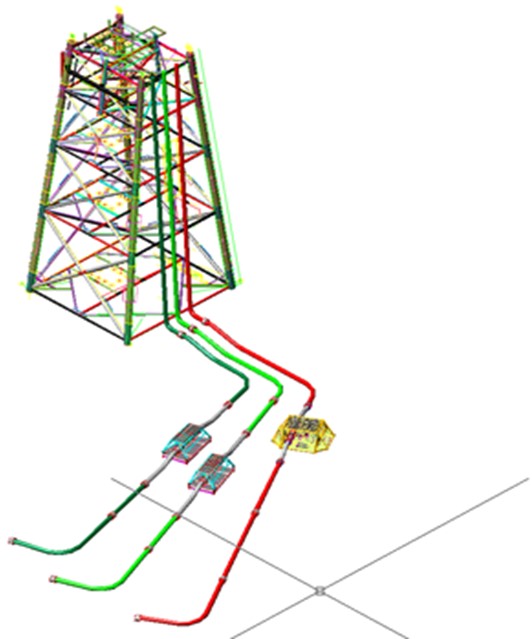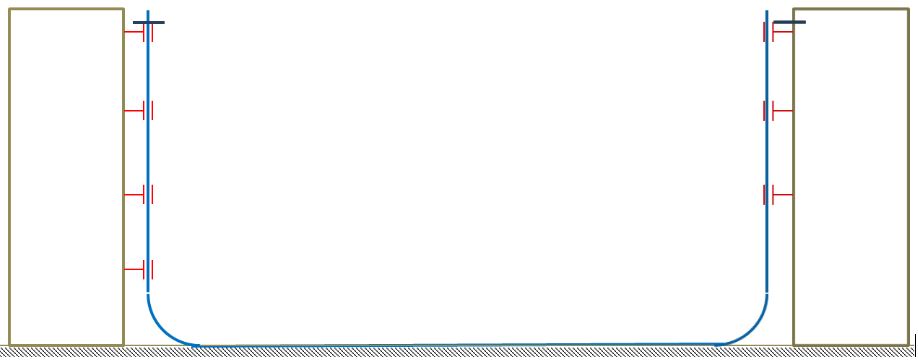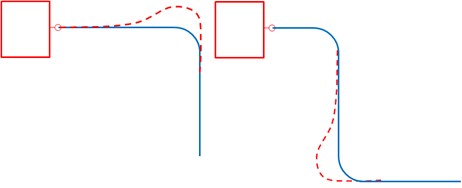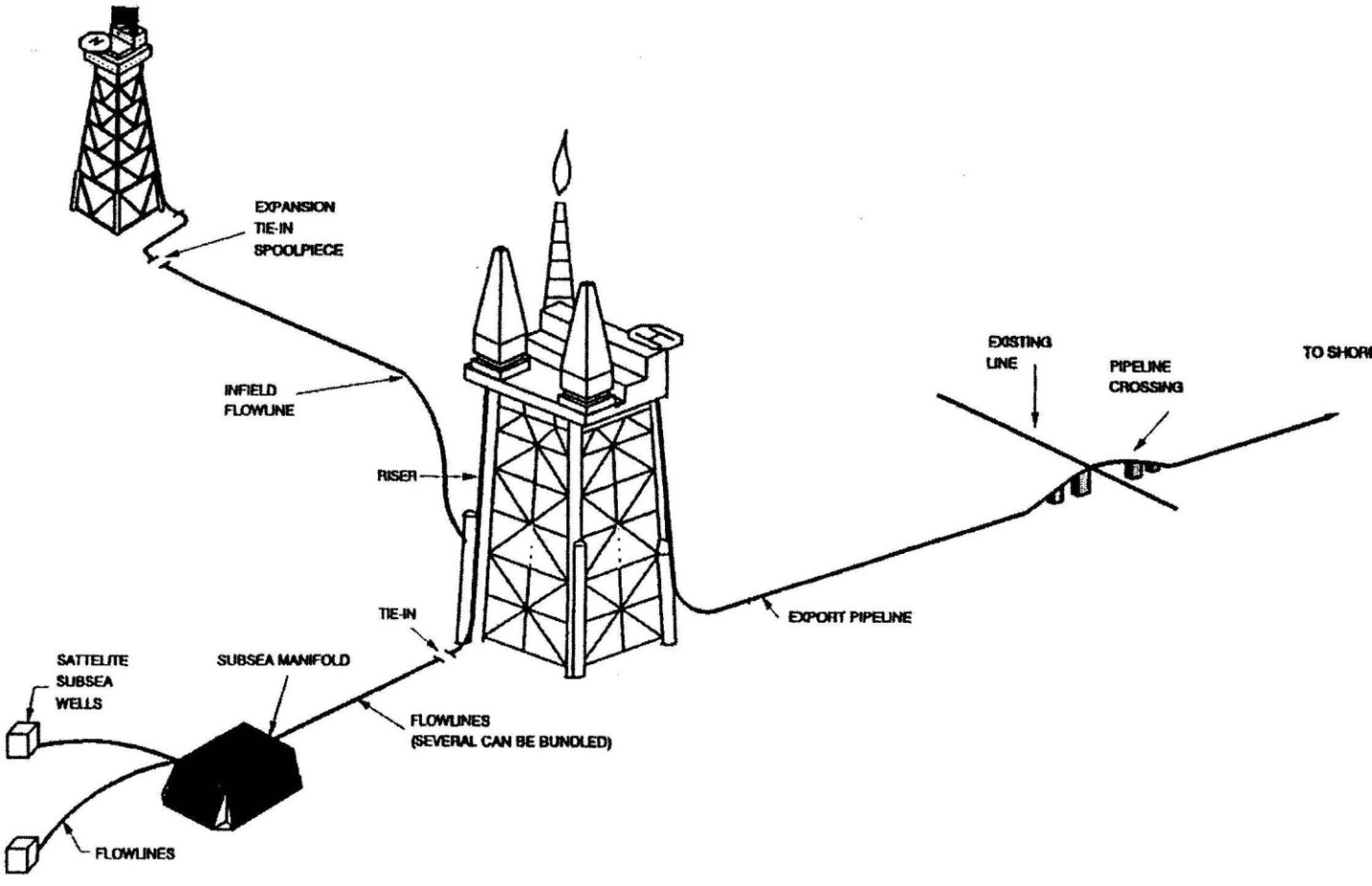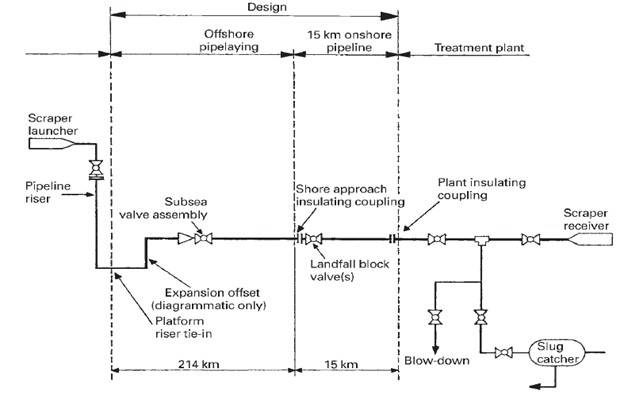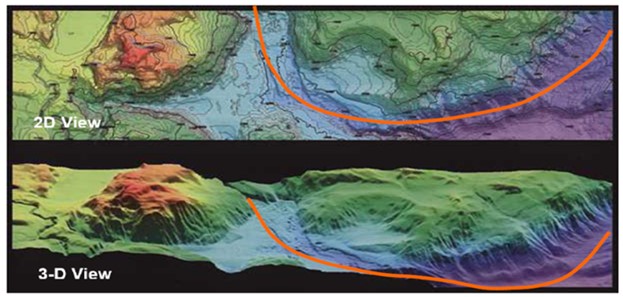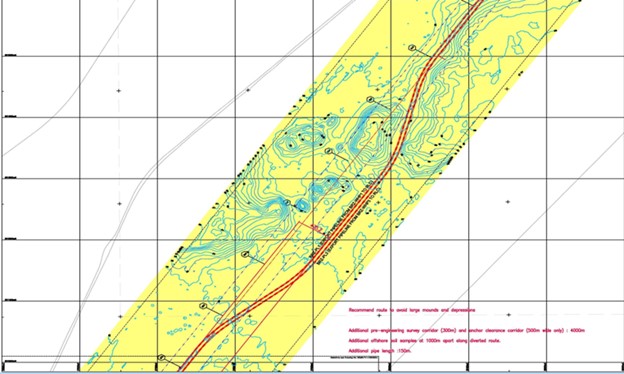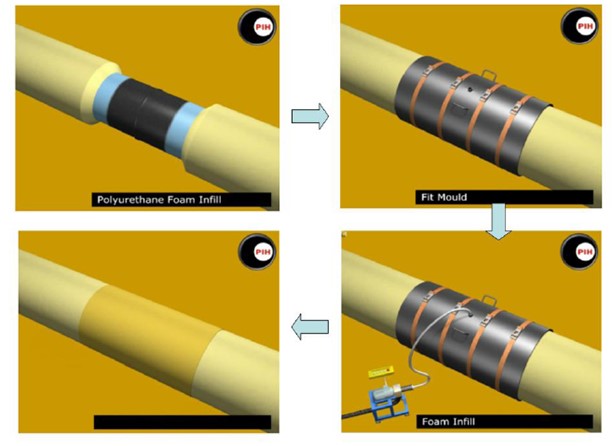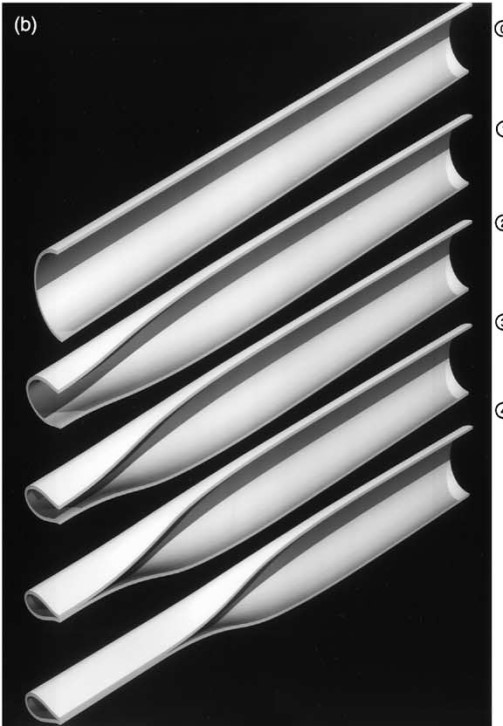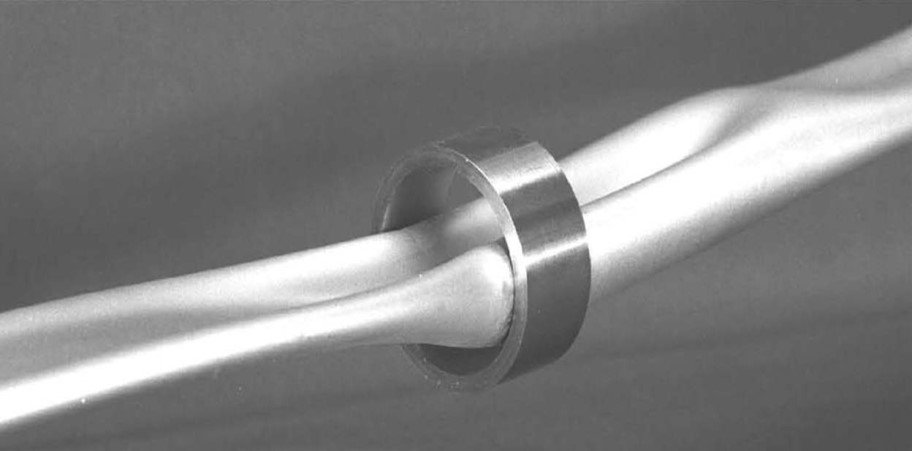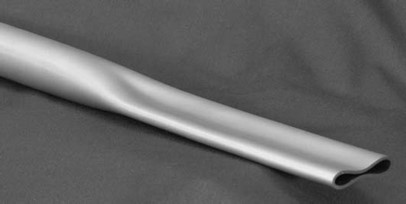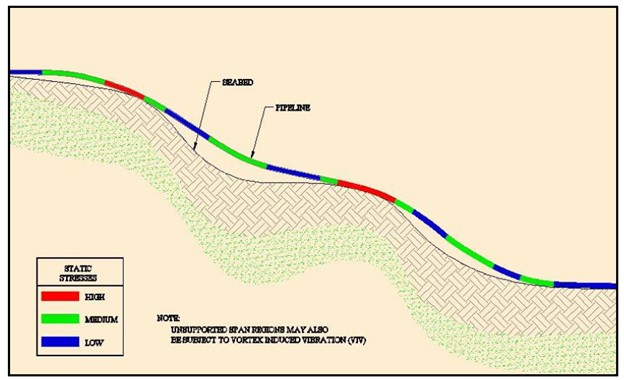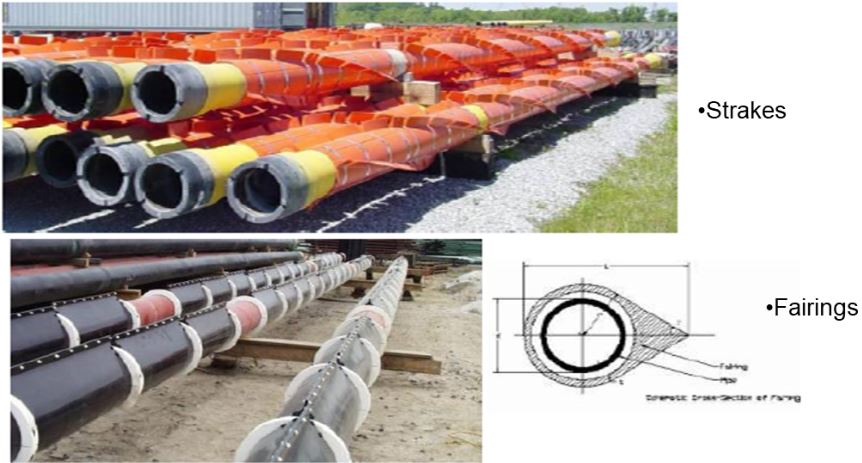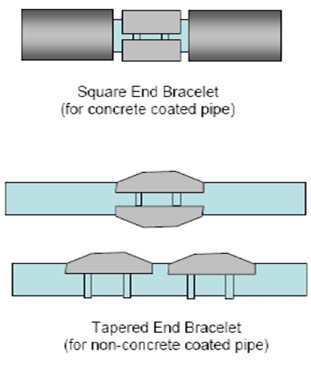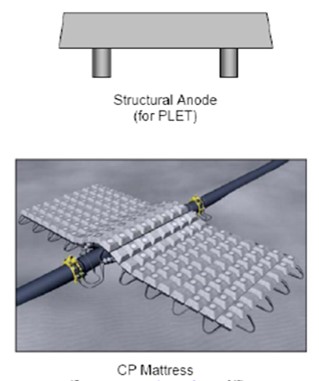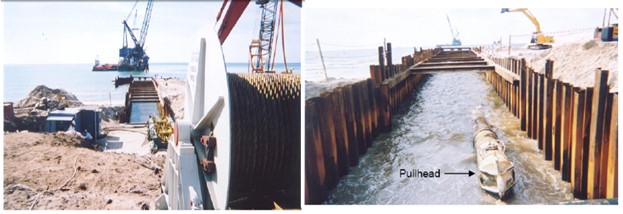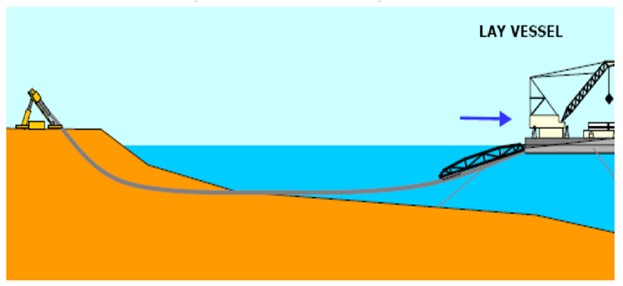1. Pipelines requirements
2. What are Pipelines
3. Design Activities for Pipelines
This post covers topics related to offshore pipelines requirements, pipelines and design activities to be performed by Pipeline engineer.
1. Why Pipelines are required?
1. The oil spillage through pipelines is less than any other sources.
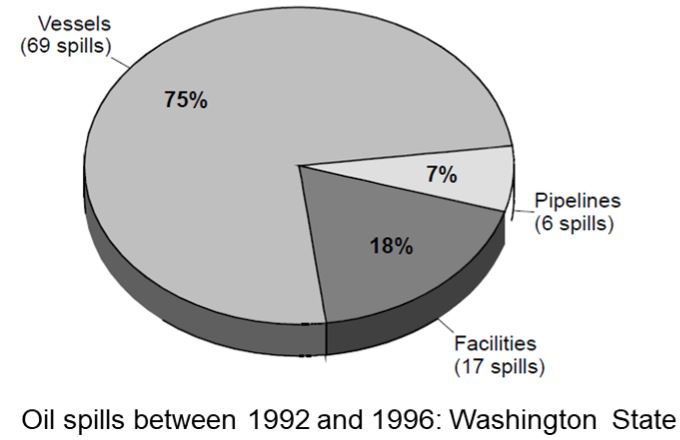
2. The cost of oil & gas transportation through pipelines is less than compared to other means for transportation of oil & gas.
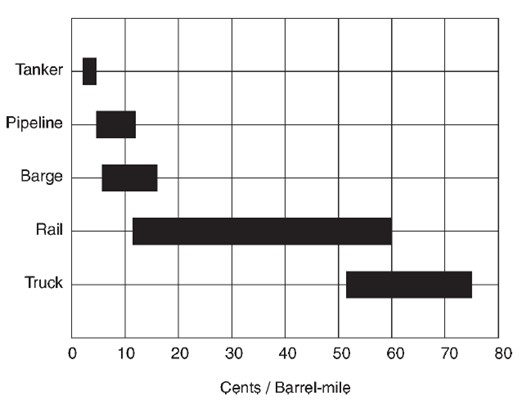
3. Other advantages of Pipelines:
- Safe & Environment friendly
- Least energy requirement
- Lowest maintenance costs
- Minimal impact on land use pattern
- Negligible loss of product in transit
- Less susceptible for theft
- High reliability
2. What are Pipelines?
Pipelines are the means of transportation of fluids (liquid and gases) and substances which are chemically stable. In oil and gas industries, pipelines are used to transport crude and refined petroleum from source to the destination which are physically separated by long distances. Pipelines are used for transportation on land as well as subsea environment.
3. What are the Design Activities for Pipelines?
The major design activities which are to be performed by Pipeline engineer are as below:
- Pipeline Route selection
- Pipeline Material Selection
- Pipeline Coatings
- Pipeline Wall Thickness
- Pipeline Thermal Expansion
- Pipeline On-Bottom Stability Design
- Pipeline Free Span Analysis
- Cathodic Protection Design
- Pipeline Shore Approach
- Subsea Tie-in Spool
A. Pipeline Route selection
Pipeline route should be selected based on:
- Low cost – select direct and shortest route
- Seabed topography – faults, outcrops, slopes etc
- Obstructions, debris, existing structures etc
- Marine activities – fishing and shipping
- Pipeline route radius
- Existing pipeline/cable crossings
- Install ability
B. Pipeline Material Selection
The pipeline material type can be Rigid, Flexible or Composite
There are different types of pipe which can be utilized for use as pipelines:
- Low carbon steel
- CRA Pipe
- Clad pipe
- Flexible pipe
- Flexible hose
- Coil tubing
The above pipes are manufactured in different forms:
- Seamless
- SAW
- ERW (mainly used in Onshore)
- HFI Welding
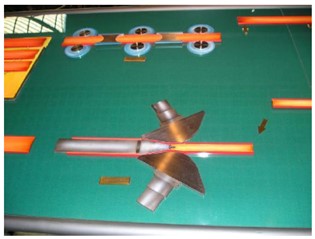
Seamless
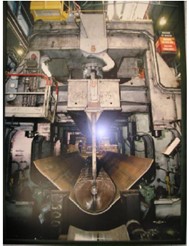
SAW
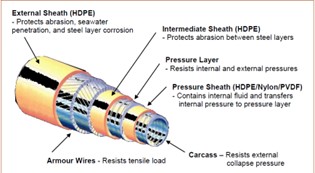
Flexible Pipe
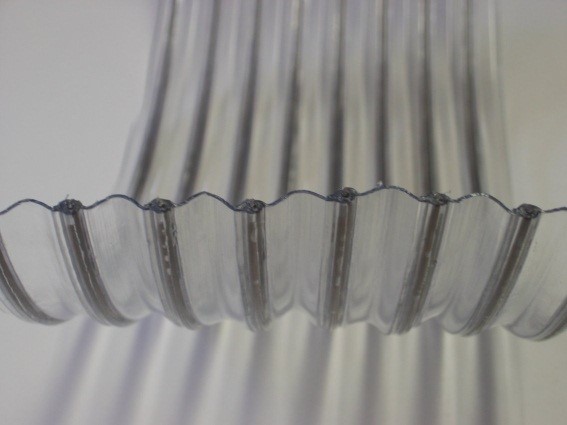
Flexible Hose
The material selection of pipelines is based on different parameters:
- Fluid properties
- Material cost
- Installation cost
- Operational cost
C. Pipeline Coatings
Various Types of Coatings
- Corrosion Coatings
- Insulation Coatings
- Concrete Weight Coating
- Field Joint Coating
1. Corrosion Coatings
Commonly used Corrosion Coatings
- Fusion Bonded Epoxy (FBE), 0.4 – 0.5mm, 200°F
- 3 Layer polypropylene (3LPP), 3 – 4mm, 220°F
- 3 Layer polyethylene (3LPE), 3 – 4mm, 150°F
- Neoprene, 3 – 5mm , 220°F
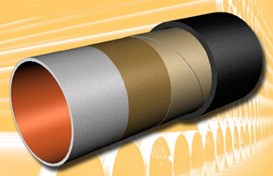
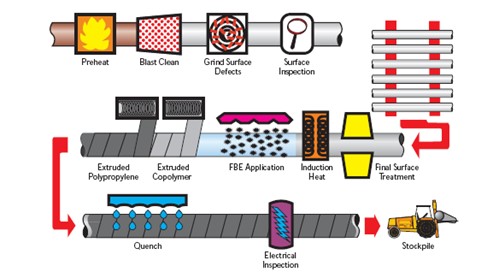
2. Insulation Coatings
- Insulation coatings are provided to keep conveyed fluid warm.
- Pipeline should be heated either active or passive methods.
- Active heating methods:
i. Electric heating
ii. Circulating hot water (Pipe-in-pipe)
- Passive heating method:
i. Insulation coating)
ii. Burial)
iii. Additional cover
3. Concrete Weight Coatings)
- Ensure stability of pipe against wave and current loads.
- Provides protection against dropped objects
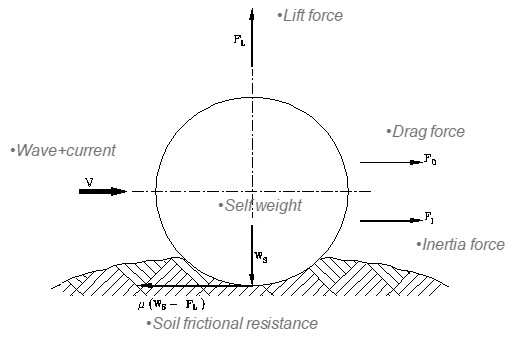
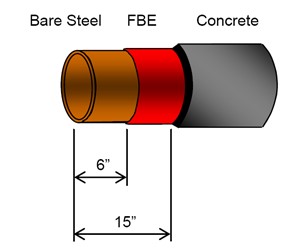
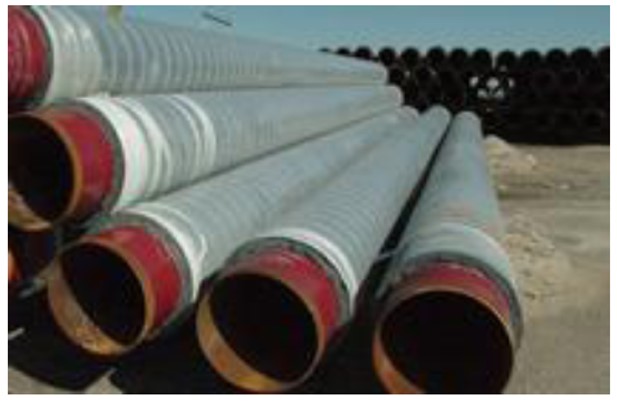
4. Field Joint Coatings
- Field girth welds shall be coated with corrosion resistance coating.
- Typical field joints:
- FBE
- Heat shrink sleeve
- Serwi wrap
- HDPU for coated pipes
D. Pipeline Wall Thickness
- Pipeline wall thickness shall be designed for:
- Internal Pressure – Hydrotest/Operation – Burst
- External Pressure – Collapse/Propagation
- Local Buckling
- Buckle Propagation
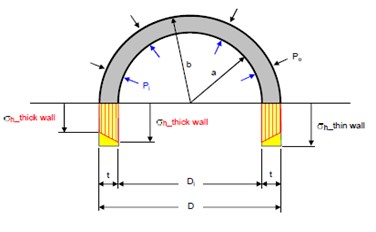
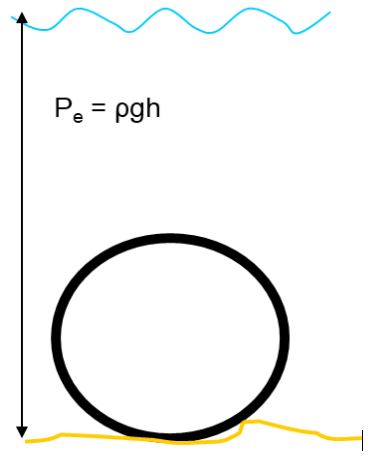
Local Buckling
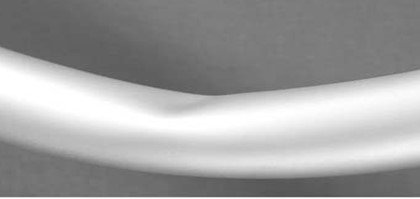
;
E. Pipeline Thermal Expansion
- Temperature and pressure tends to expand pipe
- Pipe/Soil Interaction will resist expansion
- Thermal Expansion Mitigations
- Expansion or U-Spools
- Burial /Rock Dumping
- Snake-lay
- Random Buckle Initiators
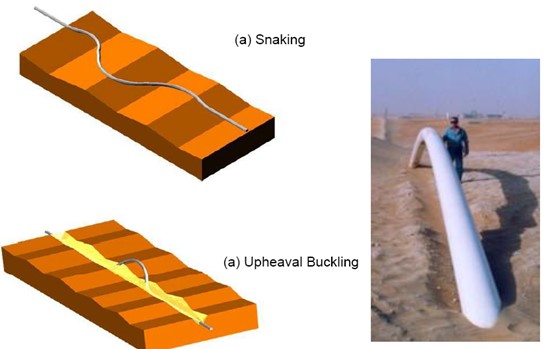
Influence of Excessive Force in Pipeline
Fig: Influence of Excessive Force in Pipeline
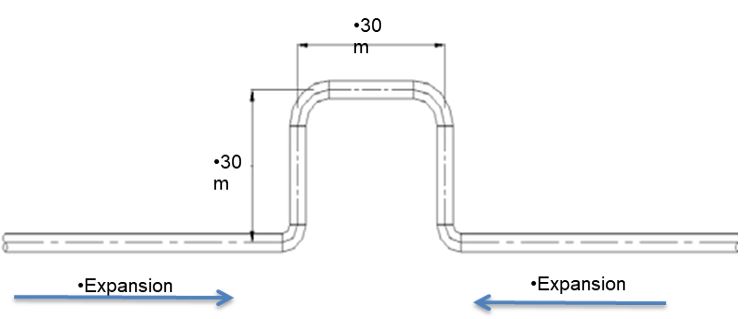
Expansion or U-Spools
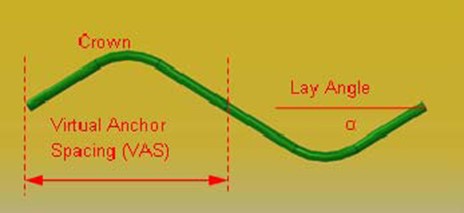
Snake lay
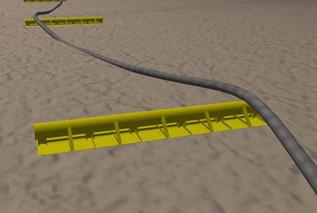
Buckling Initiators
F. Pipeline On-Bottom Stability Design
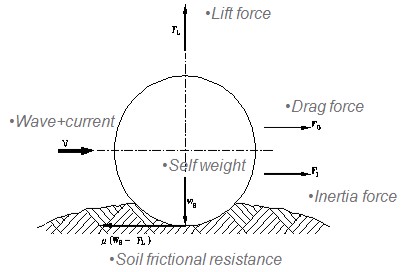
Pipeline On-Bottom Stability Design
- Mitigations for On-Bottom Stability
- Typical mitigation by concrete weight coating
- Provide secondary stabilization If concrete coating thickness is excessive
- Secondary Stabilization:
- Trenching
- Flexible mattresses
- Rock dumping
- Concrete blocks
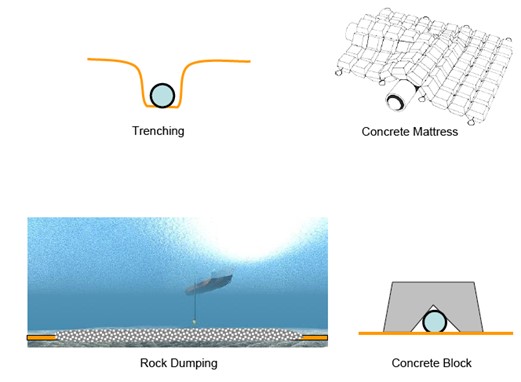
Secondary Stabilization
G. Pipeline Free Span Analysis
- Due to uneven seabed
- Re-route if possible
- Check for anticipated span is acceptable or not
>
Dynamic Free Span Analysis:
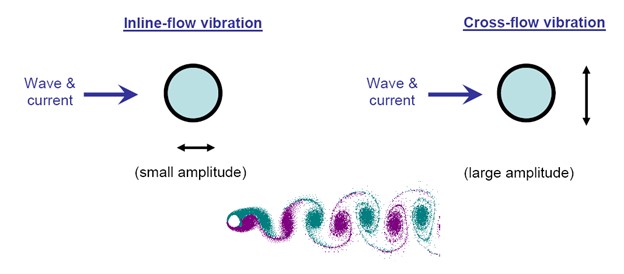
Mitigations for Static/Dynamic Spans
H. Cathodic Protection Design
- Subsea Pipelines are protected against external corrosion by combination of anti-corrosion coating and sacrificial bracelet anodes CP system
- Pipeline, spool and riser protected by Bracelet Anodes
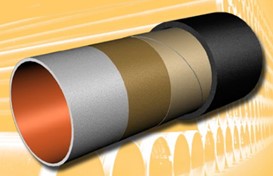
Cathodic Protection Design
I. Pipeline Shore Approach
- Shore approach is where pipeline cross the costal line
- Pipeline require additional protection at shore approach
- The most cost effective beach crossing is by open cut trenching
- When currents are strong, HDD (Horizontal directional drilling) is recommended
- Pipeline will be installed by beach pull
J. Subsea Tie-in Spool
- What is the purpose of Riser Tie-in Spool?
- Pipeline End Expansion Varies from 200mm to 2000m subjected to temperature
- Pipeline Walking (short pipeline) 10mm per shutdown, from hot end to cold end
